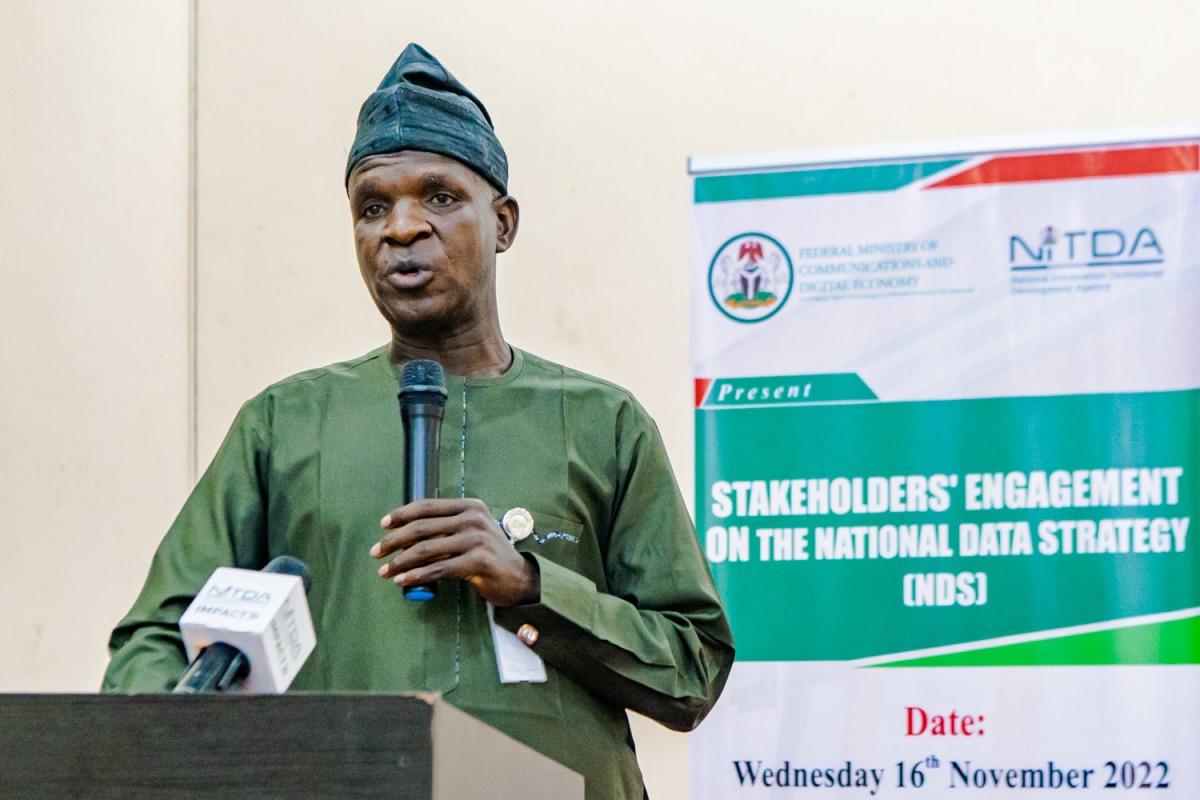Nigerian Communications Satellite Ltd. (NIGCOMSAT) is in the advanced stage to launch NIGCOMSAT 2 satellite into space – a technology that will backhaul the 5G technology in Nigeria.
NIGCOMSAT 2 satellite is an upgrade from NIGCOMSAT 1 which was launched in 2011.
Nigeria’s broadband penetration reached 44.5% in July 2022, according to a report released by the Nigerian Communications Commission (NCC).
NCC said in October that 30 million people still lack access to the Internet due to infrastructural deficits.
At a Stakeholders Forum recently in Lagos with the topic: NIGCOMSAT: The Roadmap for Enhanced Service Delivery, its Managing Director, Dr. Abimbola Alale, revealed this.
Dr. Alale pointed out that after telecom operators roll out the fifth-generation network services, the satellite (NIGCOMSAT 2) would backhaul the 5G services.
She also clarified that backhauling refers to transferring data to a location from where it can be transmitted across a network or optical fiber.
Telcos will be able to use the satellite to cover areas where their 5G network cannot reach, according to Alale.
She noted that NIGCOMSAT would continue to collaborate with other technology providers to provide broadband services to all Nigerians and that the Federal Government wants to give 70% broadband by 2025.
While providing further insight, the Deputy General Manager in charge of Satellite Control and Operations at NIGCOMSAT, Anthony Orjinta, said:
“Satelite has always been serving underserved areas because we all know that the cost of deploying terrestrial sites is quite expensive but fibre deployment is even more costly due to our environment. As the 2G, 3G, and 4G technologies are evolving, so also are the technologies in the satellite industry.”
During a panel session on “5G Technology and Satellite Communication,” Deputy General Manager, Satellite Control and Operation, NIGCOMSAT, Orjinta Anthony Emeka, said in line with the National Broadband Plan to massively increase broadband penetration that the deployment of satellite remains imperative.
He said 5G requires huge infrastructure which may likely be unavailable however argued that a combination of microwave, fibre, and satellite remains a viable option to reach underserved areas.
He said the NIGCOMSAT satellite is cost-effective compared to fibre and capable of delivering connectivity to unserved and underserved areas in Nigeria.
He said the cost barrier may no longer be a barrier given recent developments in the satellite industry which has seen some convergence with other telecom infrastructure.
He added that the world was currently at a place where the cost of satellite deployment is at par with fibre infrastructure.
“If Nigeria must increase Internet penetration massively, then, we have to embrace satellite and take it more seriously.”
Gbenga Adebayo, president of the Association of Licensed Telecommunication Operators in Nigeria (ALTON), noted some of the problems associated with the deployment of fibre which includes vandalism which continues to be a problem with fiber infrastructure.
“In just 2021, there were almost 40,000 fiber cuts. Some of the frequent causes of the cuts include building projects like roads, railroads, and residences, vandalism, and fire occurrences.
Adebayo thinks satellite has the ability to accelerate the adoption of 5G, which he claims hasn’t happened as quickly as anticipated. However, he emphasized the high price of satellite deployment, which he claimed may make it prohibitively expensive for operators to do so.
According to Prince Osuagwu, Technology Editor at Vanguard Newspapers, there is a correlation between satellite and 5G technology, and operators must figure out a way to deploy it.
He said the 5G comes with lots of benefits, however, Nigeria has struggled to fully utilize 3G and 4G technologies.
“We are talking about 5G today, but there are still areas in the country that do not even have 3G or 4G coverages. A lot of work needs to be done,”






